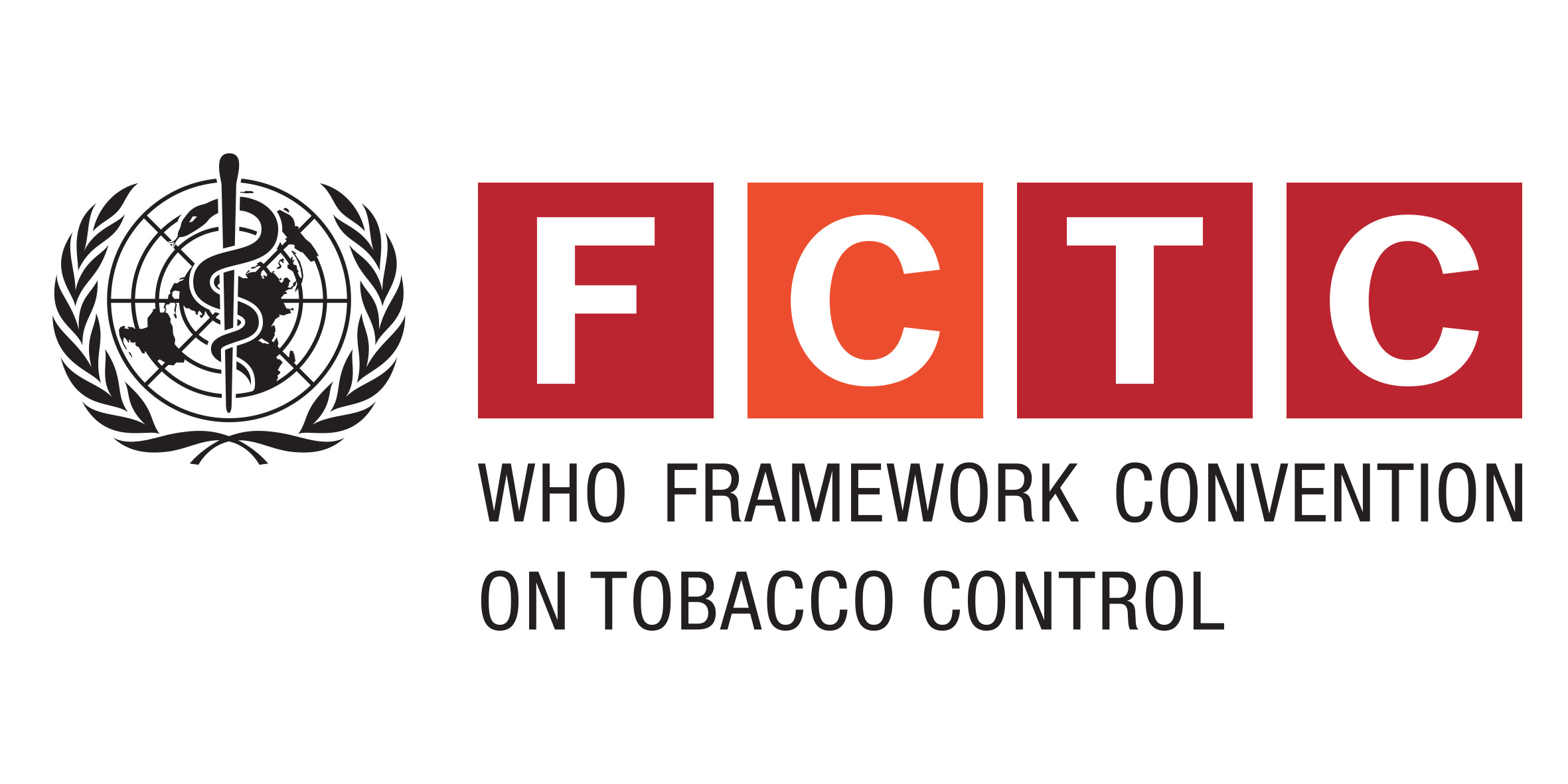Journal Article
Print(0)
Acta crystallographica.Section E, Structure reports online
Acta Crystallogr.Sect.E.Struct.Rep.Online
19-Jul
70
Pt 8
72
76
LR: 20140926; JID: 101089178; OID: NLM: PMC4158527; OTO: NOTNLM; 2014/08/01 [ecollection]; 2014/06/12 [received]; 2014/06/15 [accepted]; 2014/07/19 [epublish]; epublish
United States
1600-5368; 1600-5368
PMID: 25249858
eng
Journal Article
10.1107/S1600536814014056 [doi]
Unknown(0)
25249858
The title compounds, [FeCl2(C15H20N2)4], (I), [FeBr2(C15H20N2)4], (II), and [FeBr2(C15H20N2)4].2C4H10O, (IIb), respectively, all have triclinic symmetry, with (I) and (II) being isotypic. The Fe(II) atoms in each of the structures are located on an inversion center. They have octa-hedral FeX 2N4 (X = Cl and Br, respectively) coordination spheres with the Fe(II) atom coordinated by two halide ions in a trans arrangement and by the tertiary N atom of four aryl-imidazole ligands [1-(2,6-diiso-propyl-phen-yl)-1H-imidazole] in the equatorial plane. In the two independent ligands, the benzene and imidazole rings are almost normal to one another, with dihedral angles of 88.19 (15) and 79.26 (14) degrees in (I), 87.0 (3) and 79.2 (3) degrees in (II), and 84.71 (11) and 80.58 (13) degrees in (IIb). The imidazole rings of the two independent ligand mol-ecules are inclined to one another by 70.04 (15), 69.3 (3) and 61.55 (12) degrees in (I), (II) and (IIb), respectively, while the benzene rings are inclined to one another by 82.83 (13), 83.0 (2) and 88.16 (12) degrees , respectively. The various dihedral angles involving (IIb) differ slightly from those in (I) and (II), probably due to the close proximity of the diethyl ether solvent mol-ecule. There are a number of C-Hcdots, three dots, centeredhalide hydrogen bonds in each mol-ecule involving the CH groups of the imidazole units. In the structures of compounds (I) and (II), mol-ecules are linked via pairs of C-Hcdots, three dots, centeredhalogen hydrogen bonds, forming chains along the a axis that enclose R 2 (2)(12) ring motifs. The chains are linked by C-Hcdots, three dots, centeredpi inter-actions, forming sheets parallel to (001). In the structure of compound (IIb), mol-ecules are linked via pairs of C-Hcdots, three dots, centeredhalogen hydrogen bonds, forming chains along the b axis, and the diethyl ether solvent mol-ecules are attached to the chains via C-Hcdots, three dots, centeredO hydrogen bonds. The chains are linked by C-Hcdots, three dots, centeredpi inter-actions, forming sheets parallel to (001). In (I) and (II), the methyl groups of an isopropyl group are disordered over two positions [occupancy ratio = 0.727 (13):0.273 (13) and 0.5:0.5, respectively]. In (IIb), one of the ethyl groups of the diethyl ether solvent mol-ecule is disordered over two positions (occupancy ratio = 0.5:0.5).
Mafua,R., Jenny,T., Labat,G., Neels,A., Stoeckli-Evans,H.
Department of Chemistry, University of Fribourg, Av. de Perolles, CH-1700 Fribourg, Switzerland.; Department of Chemistry, University of Fribourg, Av. de Perolles, CH-1700 Fribourg, Switzerland.; Benefri Crystallography Service, University of Neuchatel, A
20140719
PMC4158527
http://vp9py7xf3h.search.serialssolutions.com/?charset=utf-8&pmid=25249858
2014

